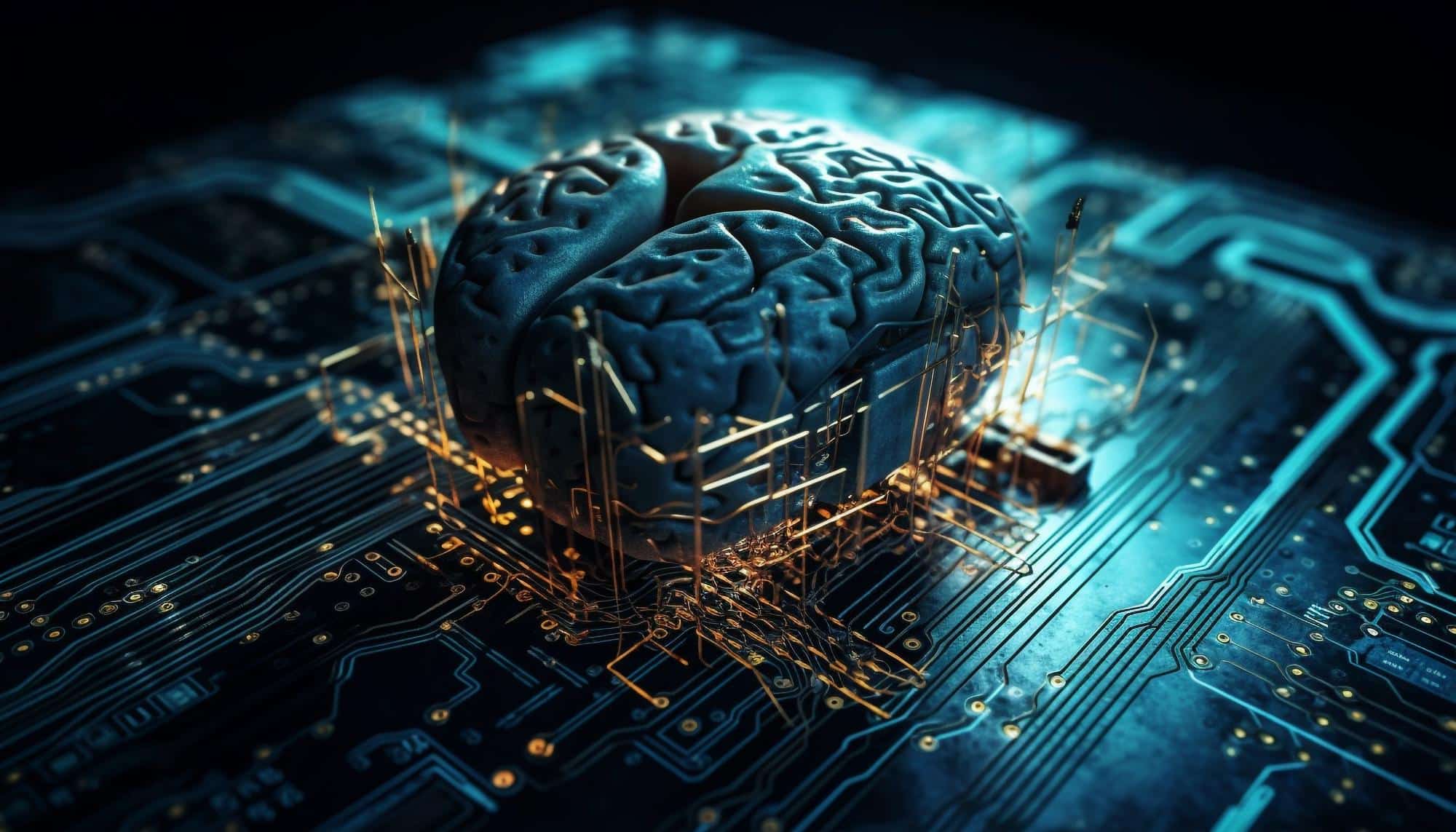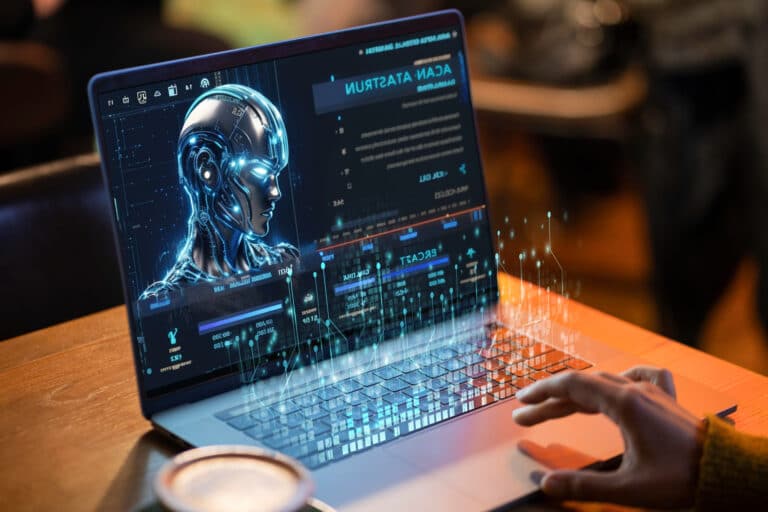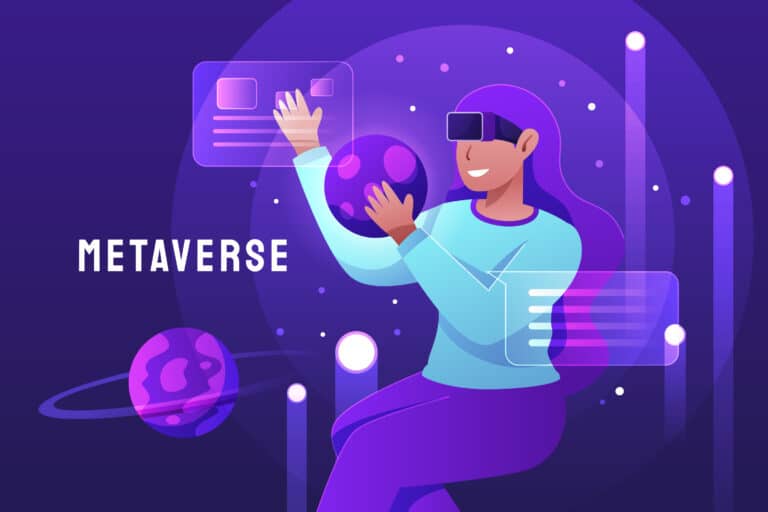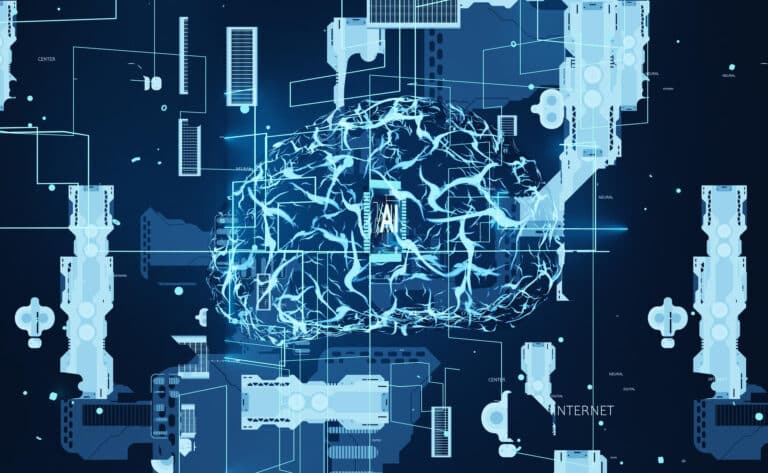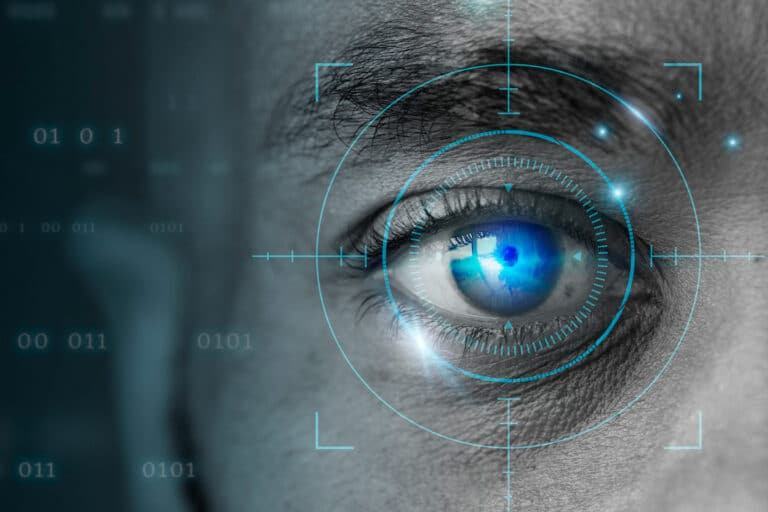A deep learning algorithm enables machines to think and speak like humans, which is closely related to AI (artificial intelligence).
The term “deep learning” is used everywhere around you, but very few people can adequately answer the question “What is deep learning?“
Consequently, in this article, from the perspective of an AI company, we will briefly explain:
The use of deep learning
Comparisons and differences between deep learning, artificial intelligence, and machine learning.
What is deep learning?
An example of deep learning is analyzing large amounts of data and learning patterns using a neural network model.
Deep learning is also used in artificial intelligence, or AI, and contributes to advancing human technology through neural networks.
People worldwide use deep learning, which simplifies and optimizes human work and is praised and praised for its efficiency.
Deep learning networks mimic human neural circuits and consist of three layers: an input layer, a hidden layer, and an output layer.
Because there are many hidden layers, deep learning is called “deep layers” because it can be performed horizontally.
Differences between machine learning and deep learning
So far, we have explained the uses and characteristics of deep learning, but now it is time for us to talk about how machine learning differs from “deep learning.”
Differentiation between AI, machine learning, and deep learning
My first goal is to explain the differences between machine learning and deep learning, including their relationship to “AI (artificial intelligence)”.

As you can see from this diagram, deep learning, machine learning, and AI are all interconnected.
Machine learning differs from deep learning in that it does not use neural networks as a learning method. Machine learning with limitations is deep learning.
You now have some idea of what deep learning and machine learning are. To confirm the detailed differences between machine learning and deep learning, we will explain in detail their mechanisms.
Machine learning mechanism
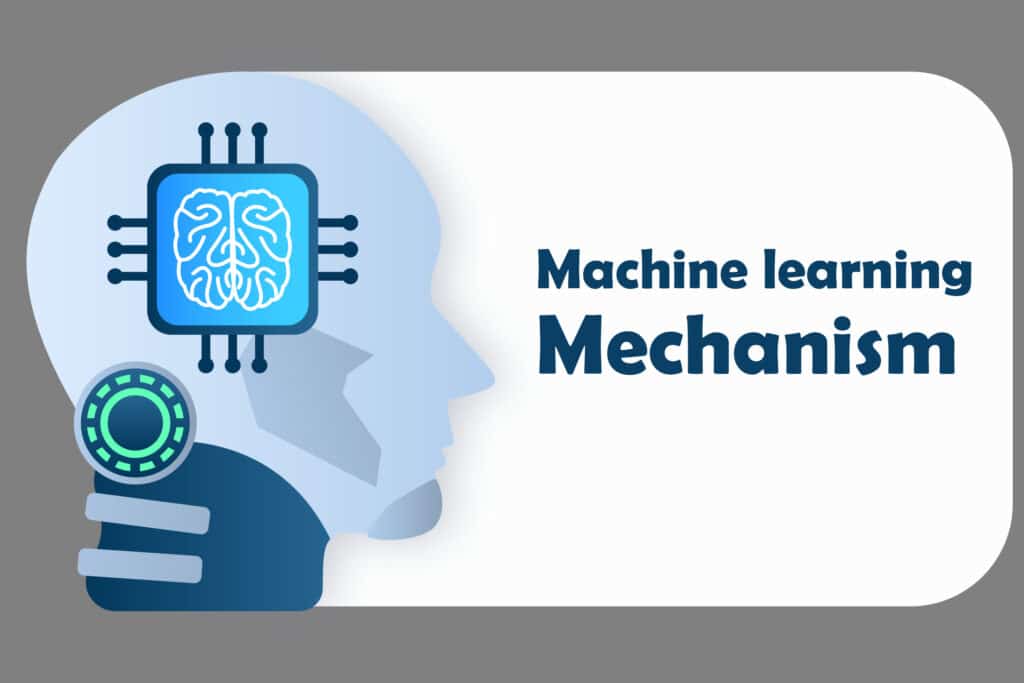
Artificial intelligence (AI) is created through machine learning.
Please review the following program first.
Input for the program a = input()
kansha = ‘Thank you. ‘ # Japanese way to express gratitude
Reply to gratitude with ‘You’re welcome’
if a == kasha:
print(response)
This is an elementary Python conversation program. This program makes the computer respond to a thank you note by saying, “You’re welcome.”
kansha = ‘Thank you very much.’ # Japanese way of showing gratitude This simple mechanism is used in LINE’s official chat function, for example.
Machine learning, however, cannot be applied to these.
This is because the conversation follows the rule that if you type “Thank you very much,” you will reply “Thank you very much.”
Japanese is a language with a great deal of variation. You can also use “thank you” and “doumo!” as expressions of gratitude, but the program will not respond to the text “thank you”.
Solving this problem by defining all the words that express gratitude individually is possible. Still, this method is fundamentally inappropriate for languages that are too large and flexible.
In such cases, machine learning uses a method called training. Machine learning involves acquiring the ability to execute tasks by training itself on a vast amount of data. As we have seen in the example of gratitude, the method consists of studying many texts, such as novels and articles, to understand the characteristics of sentences and words containing gratitude. I’ll be there. A more significant amount of training data leads to more sophisticated rules for understanding gratitude and a higher level of conversational ability and response accuracy.
Machine learning refers to the ability to perform a specific task through training.
Mechanism of deep learning
We will now move on to the main topic, explaining how profound learning works.
A machine learning algorithm becomes capable of executing a specific task through training. Its execution capability will be refined over time. Machine learning using neural networks to grasp the characteristics is known as deep learning.
We will first discuss neural networks before discussing deep learning training methods.
Neural networks are mathematical models of the brain’s neural networks.
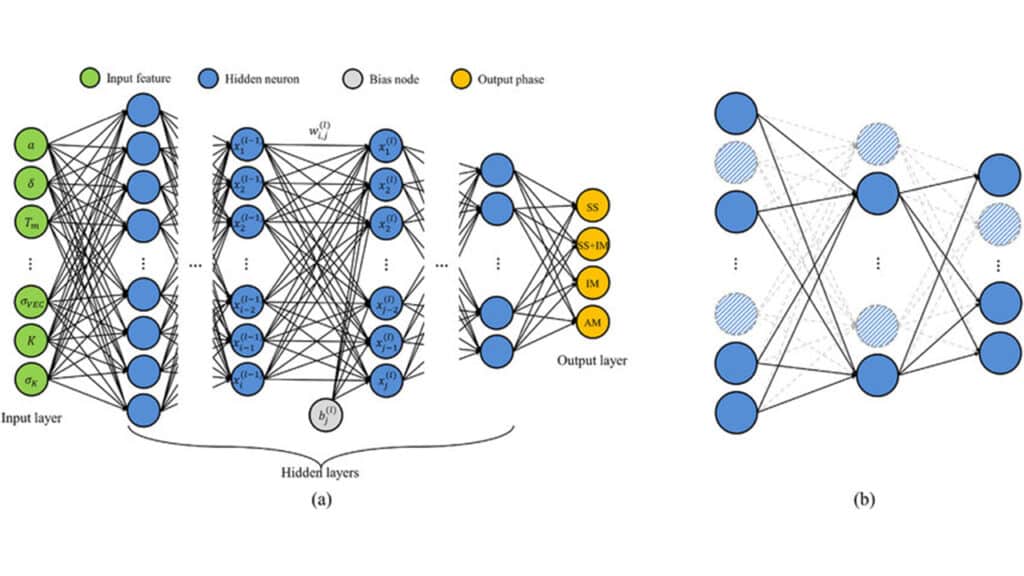
An example of a simple neural network is shown in the figure above. The input layer is on the left, the hidden layer is on the middle, and the output layer is on the right. Weights also refer to the arrows that connect layers. As a result, neural networks are composed of many layers and weights.
The example from the previous chapter about saying thank you will be used to demonstrate how deep learning is trained and how it performs tasks.
In deep learning, training aims to adjust weight numbers to grasp features and turn them into rules. Let’s examine this in more detail.
The first step is to enter data into the input layer. In the hidden layer, values are calculated based on weights. It is important to note that the weights include a formula. The value of the hidden layer can be calculated similarly to the value of the output layer.
The output layer was calculated based on the input sentence in this case. This time, we are using a random value for the output layer. The weights must be adjusted to change the output layer value.

